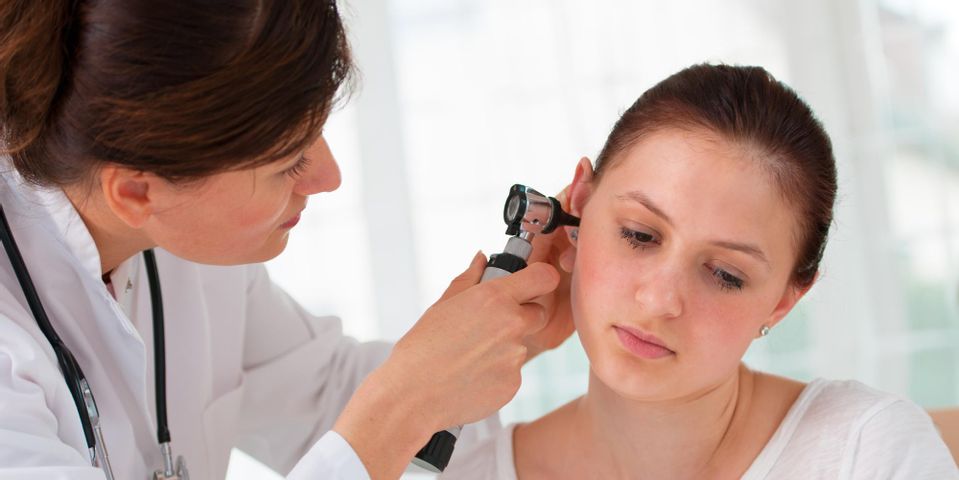What Causes Hearing Loss in Only One Ear?

Hearing loss is commonly perceived as a phenomenon that affects both ears. Yet, problems with only one side, clinically referred to as unilateral hearing loss, can also occur. If you’re experiencing this difficulty, discover the possible causes and treatment options for the condition below.
A Guide to Hearing Loss in One Ear
What Causes It?
Exposure to loud noises, use of certain drugs, physical trauma, and even normal aging can all contribute to unilateral deafness. There are also certain medical conditions, such as tumors, shingles, and Meniere’s disease, which can cause uneven hearing.
How Does It Impact the Patient?
Compared to people with normal hearing, affected individuals may struggle to tune out background noises and understand speech, just as someone with partial deafness in both ears would. However, because of the unique nature of their hearing loss, they might also have a hard time telling what direction sounds are coming from. As a result, someone crossing the street might hear a honking horn, but would not instinctively know which side it was on, slowing their reaction times.
How Is It Treated?
 Nowadays, there are many solutions around to help minimize the symptoms of hearing loss, either in one ear or both. While surgical interventions are available, many patients prefer to explore non-invasive treatments first. Today’s hearing aids have advanced technology to meet each individual’s unique needs. Discreet options are available, and many models can also be customized to the size and shape of the wearer’s ears so that it is unlikely to slip.
Nowadays, there are many solutions around to help minimize the symptoms of hearing loss, either in one ear or both. While surgical interventions are available, many patients prefer to explore non-invasive treatments first. Today’s hearing aids have advanced technology to meet each individual’s unique needs. Discreet options are available, and many models can also be customized to the size and shape of the wearer’s ears so that it is unlikely to slip.
Whether you’re suffering from hearing loss in one ear or both, the team from Solbrig Hearing Center can outfit you with a tailored solution. Serving the Kerrville, TX, area, this center has a 15-year history of providing high-quality devices and equipment to locals, including virtually undetectable digital hearing aids and protective equipment. Explore their products online or call (830) 895-5900 to contact an associate.
About the Business
Have a question? Ask the experts!
Send your question

